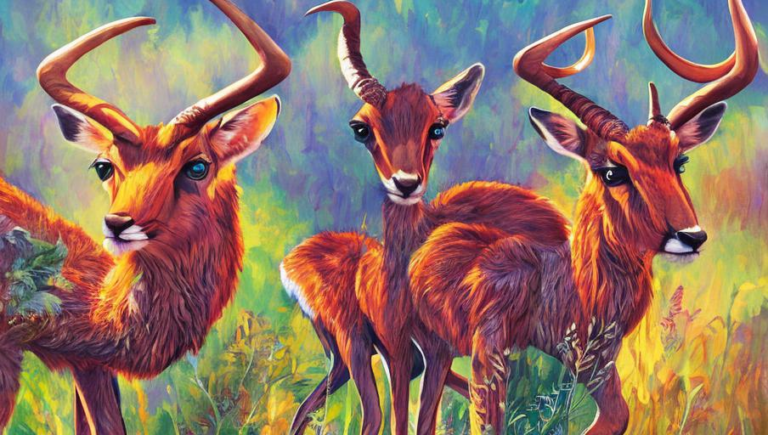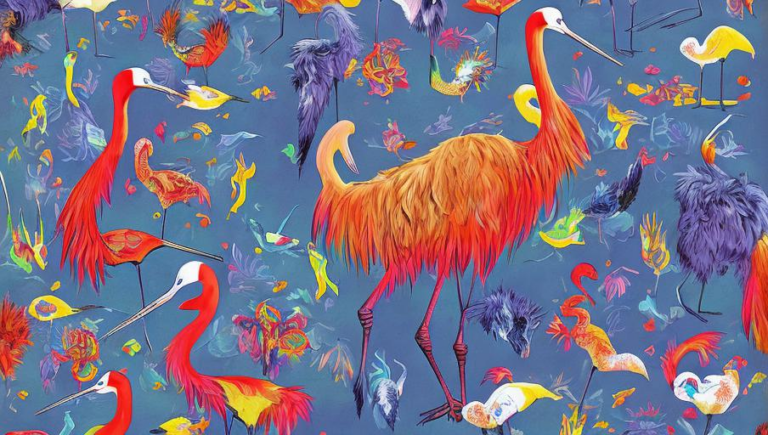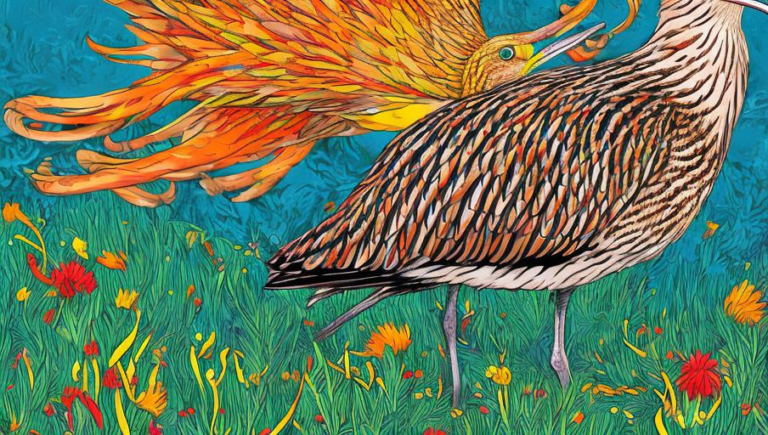New Discoveries: Exploring the Fascinating World of Butterflies

A Closer Look at the Butterfly
Butterflies are some of the most beautiful and fascinating creatures in the animal kingdom. Found in a variety of habitats around the world, these delicate and colorful creatures have been captivating human observers for centuries. From their gossamer wings to their intricate patterns and colors, butterflies are a joy to behold and an example of nature’s splendor.
Butterflies are part of the Lepidoptera order, which includes moths and skippers. These creatures have four stages of life: egg, larva, pupa, and adult. After emerging from their eggs, larvae feed on plants and grow in size. Once they reach a certain size, they enter the pupal stage, transforming into their adult form.
Butterflies can be found in a variety of habitats, including forests, grasslands, deserts, and even urban areas. They can be found in both temperate and tropical climates, but the greatest diversity of species is found in the tropics. Butterflies are important pollinators, and their presence is a sign of a healthy ecosystem.
Butterfly Adaptations
Butterflies have a number of remarkable adaptations that allow them to survive in their various habitats. For example, they have powerful flight muscles that allow them to fly quickly, and they have a proboscis (a long, slender tongue) that they use to sip nectar from flowers. Some species can even sense the presence of predators and take evasive action.
Butterflies have a unique type of vision that allows them to see ultraviolet light. This allows them to detect flowers and other sources of food even in dim light. They also have large eyes that provide them with a wide field of view, allowing them to detect potential predators.
Butterflies also have special sensory organs called “pheromone receptors” that allow them to detect the presence of other butterflies from a great distance. This allows them to find mates and identify potential food sources. They also use their antennae to feel the air around them and detect changes in temperature and wind speed.
New Discoveries
In recent years, scientists have made a number of breathtaking discoveries about butterflies. For example, researchers have discovered that some species can recognize the faces of other butterflies and even recognize their own species. This is an incredible feat considering the tiny size of these creatures.
In addition, scientists have discovered that some species of butterflies have the ability to migrate over long distances. This is an amazing feat considering that butterflies have a very short life span. Scientists are still trying to understand how these creatures are able to navigate across vast distances.
Finally, researchers have found that some species of butterflies have the ability to “photograph” their environment. This means that they can use the patterns on their wings to store information about the environment, allowing them to remember where they have been and where they need to go.
Conclusion
From their delicate wings to their remarkable adaptations, butterflies are truly amazing creatures. With each new discovery, we are uncovering more about these fascinating creatures and the incredible things they can do. As we continue to explore their world, we can only imagine what other amazing things we will uncover.





